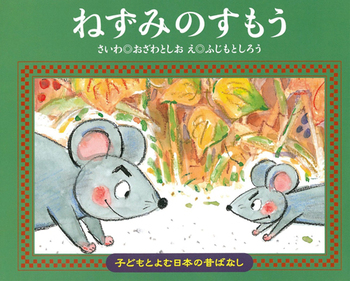シャーロットミードさんはこの本を書いていました。二口女は日本の面白い妖怪ですね!この本にたくさん二口女の歴史があります。私は妖怪の歴史が好きです!
This book talks a lot about 二口女 as a very typical Japanese ghost. It presents her in a very cute and interesting way. I love the pictures in the book. They kind of connects 二口女 to the pop culture. ( like how she use hair to grab beverages haha). This idea is brilliant and I learn a lot about Japanese culture!





